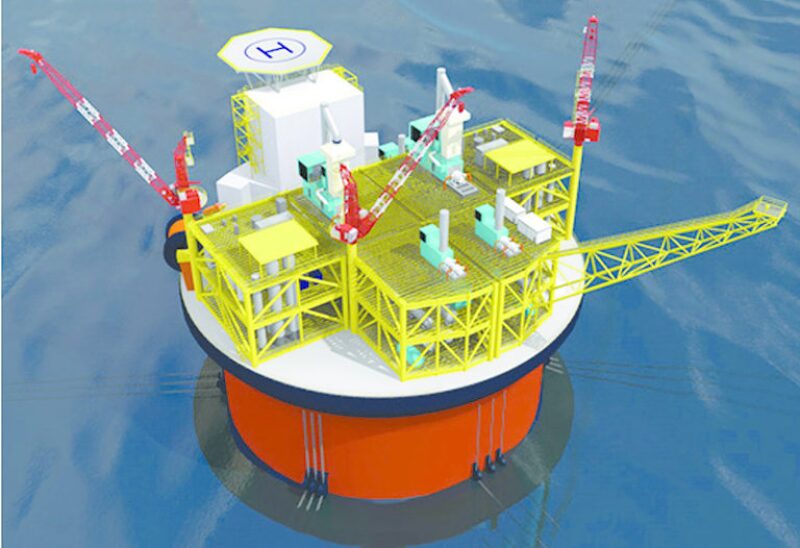In the past few years, several floating-liquefied-natural-gas (FLNG) projects have become commercial. However, most FLNG systems designed to date remain complex, costly, and operationally limited to areas with benign-to-moderate metocean conditions that allow side-by-side offloading of the liquefied natural gas (LNG). This paper describes a split-process FLNG design where primary production and gas-treatment functions are provided on a host platform while liquefaction occurs on a separate vessel. The arrangement works in moderate-to-severe metocean conditions.
Introduction
Today, FLNG is generally accepted in the industry as feasible. The focus is now on technology selection, liquefaction and storage capacity, and safe operational considerations, particularly with regard to LNG offloading.
Concerns typically raised with proposed FLNG schemes include
- Size, weight, and complexity of topside
- Topside hydrocarbon inventory and effect on safety design
- LNG-offloading method and sea-state limitations
- Overall project cost, schedule, and uncertainty
- Design for generic application and residual value
FLNG-System Configuration—Integrated Arrangement.


